Festival
Histories and Myths of the 21st Century Home Festival
Explore the future of the home through talks, performances, installations and discussions in this one-day festival of ideas.
What to expect
What would the architects and designers of the 20th-century have thought of the home today? How might Le Corbusier have designed a smart home? Would Superstudio have created an Amazon Echo?
This one-day festival of ideas will summon the spirits of past architects and designers to examine how new technologies are transforming our idea of home. Through presentations, discussions and performance, leading designers and theorists will ask how 20th-century visions of the home have been realised, or not, in the 21st-century. Topics covered include: domestic space in the age of big data; the effects of climate change on domestic living; and the role of utopian thinking for design in the present.
During the day, students from the MA Interaction Design Communication programme at London College of Communication, UAL, will take over the museum through interactive performances, installations and hands-on activities. Visitors to the festival will also have access to the Design Museum's current exhibition Home Futures throughout the day.
Histories and Myths of the 21st-Century Home is co-produced by the curatorial collective Haunted Machines (Natalie Kane and Tobias Revell), design students from the MA Interaction Design Communication programme at London College of Communication, UAL, and the Design Museum.
Agenda
Bakala Auditorium
11:00 – Welcome from the Design Museum, Haunted Machines and LCC.
11:15 – Introduction from Haunted Machines
11:30 – Panel 1: Demons and Devices
Connected devices have radically transformed our relationship with the home. Surrounded by squawking, beeping and blinking devices that appear to have their own hidden motives, it’s easy to believe the home is haunted. We have struggled to reconcile the alleged promise of freedom and autonomy these devices give, with a reality of passive surveillance, intrusive updates and unclear agency. This panel discusses the new relationships we are forging with the smart-home and the power-dynamics embedded within them.
Corinna Gardner, Alexandra Deschamps-Sonsino, Sarah Kember
12:45 – Interventions from EKOO Studio and White Rabbit
13:00 – Lunch Break
14:00 – Panel 2: Ether and Ecosystems
The imminent threat of climate change and the destruction of ecosystems has brought the networks and infrastructures we depend on into sharp relief. Normally opaque, these networks of dependency extend beyond living nature to the devices in our hands to the plastic afloat on the sea for ten thousand years. This panel explores the use of stories, myths and data to respond to the ongoing collapse of the systems we depend on to live.
Anab Jain, Jennifer Gabrys
15:00 – Interventions from Undirected and Trams Infection
15:15 – Comfort Break
15:30 – Panel 3: Alternatives and Afterlives
Design’s role in driving collective imaginations of the future has multiplied the range of homes, cities and forms of life we could have had. However, most of these visions have failed, becoming ironic side notes in the history of utopia. This panel discusses the possibilities for utopian thinking and the role of future visions in the present. Through contemporary technologies, might we be able to resurrect hope of other worlds or are they hopelessly mired in the problems of design and technology today?
Alison Powell, Matt Malpass, Henry Cooke
16:30 – Interventions from Homed Nomad and Tetra Studio
16:45 – Closing Remarks
17:00 – Event ends
Around the Museum
During the day, the Design Museum will be transformed by a series of newly commissioned performances, installations and interventions exploring domestic living in the 21st century. Created by students from London College of Communication’s MA Interaction Design and Visual Communication programme, topics range from the future of artificial intelligence in the home to the politics of privacy.
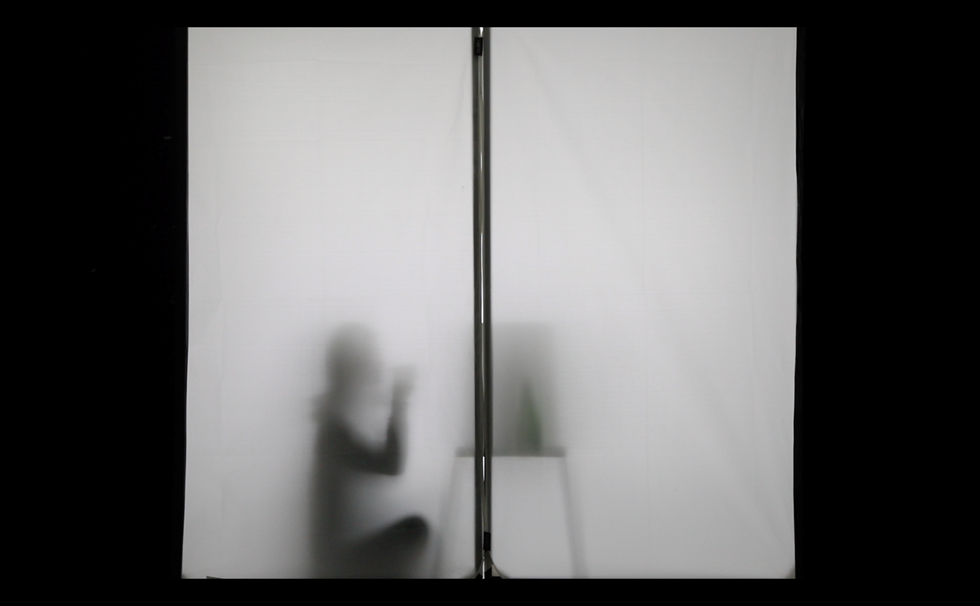
EKOO Studio

Homed Nomad Studio

Homed Nomad Studio
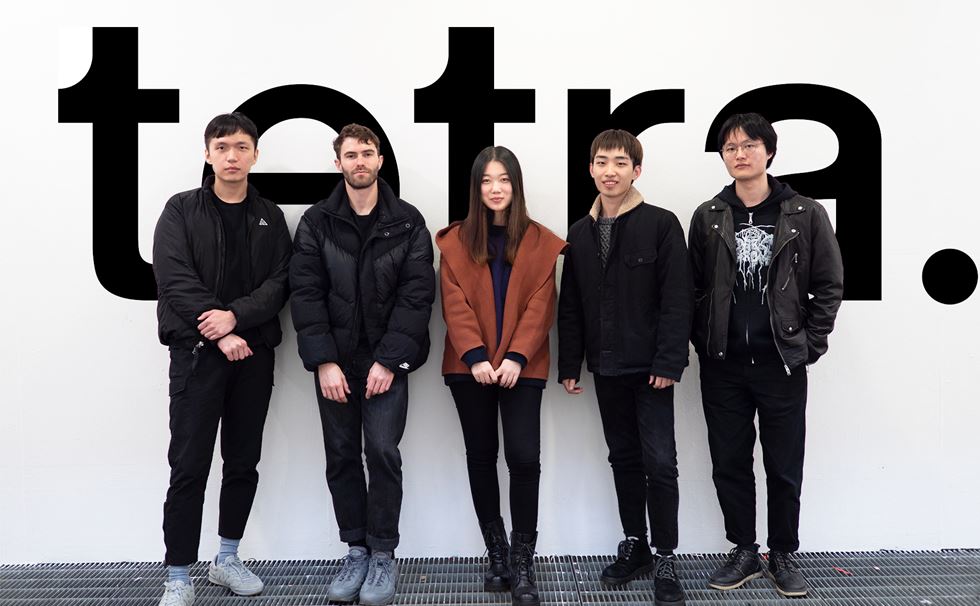
Tetra Studio
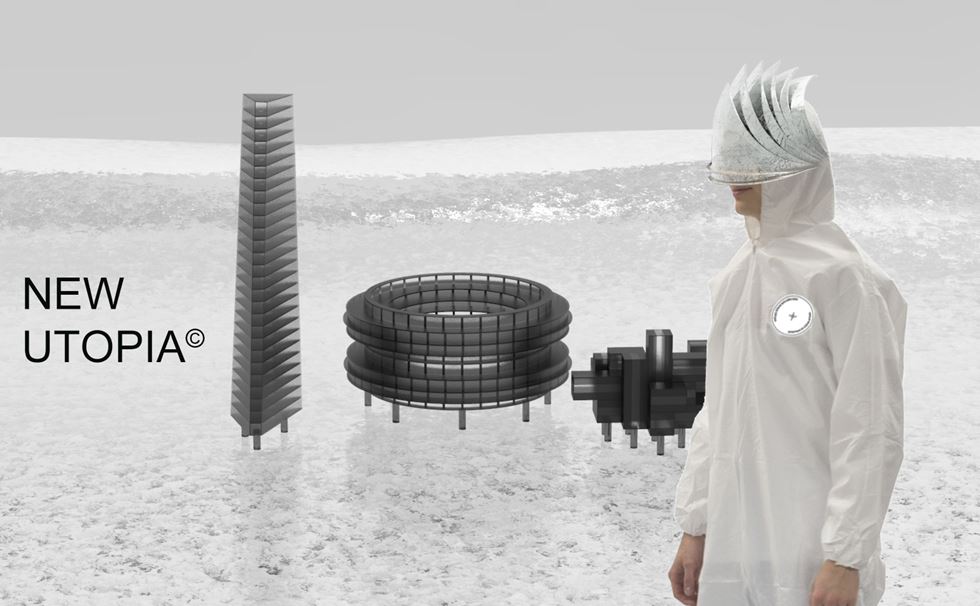
Tetra Studio
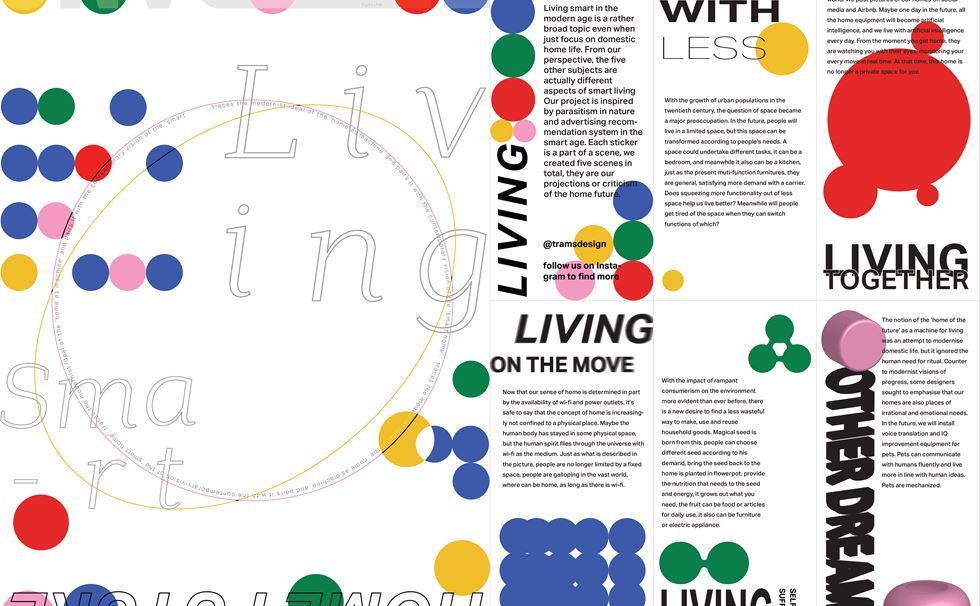
Trams Infection

Trams Infection

White Rabbit
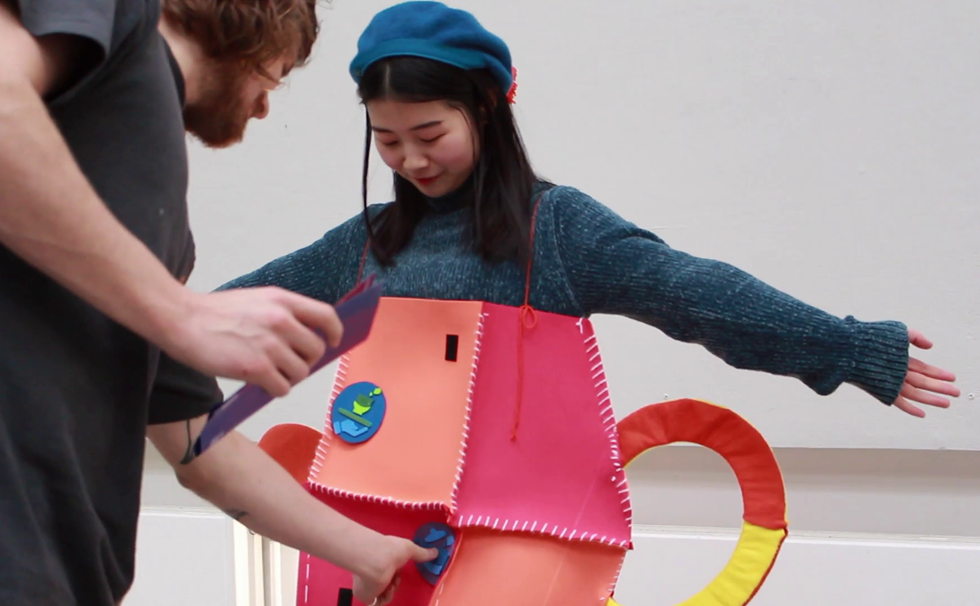
White Rabbit
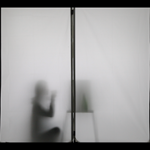


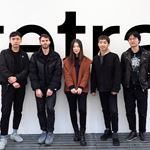


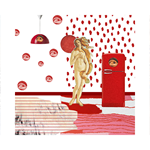

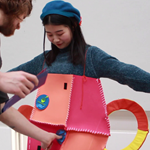
Speakers
Alexandra Deschamps-Sonsino
Alexandra Deschamps-Sonsino is a consultant, entrepreneur with a design background and international public speaker. She was the first UK distributor of the Arduino and founder of the Good Night Lamp. Her work is held in collections internationally, including at MOMA and the V&A. She is the author of Smarter Homes: How Technology Will Change Your Home Life (2019).
Sarah Kember
Sarah Kember is a writer, publisher and academic. She is Professor of New Technologies of Communication at Goldsmiths, and Director of Goldsmiths Press. Her research includes feminist studies of media, science and technology. Recent publications include iMedia. The gendering of objects, environments and smart materials (Palgrave, 2016).
Alison Powell’
Alison Powell is Assistant Professor in Media and Communications at the London School of Economics and Programme Director of the MSc in Data & Society. Her research examines how people’s values influence the way technology is built. Alison spends time with two projects: VIRT-EU, a Horizon 2020 project examining ethics in practice among Internet of Things developer communities where she is co-principal investigator, and Understanding Automated Decisions, which explores how to design services to explain how algorithms work, where she is principal investigator. Her book on citizenship in smart cities will be published in early 2020 by Yale University Press.
Anab Jain
Anab is a filmmaker, designer and futurist. She is the co-founder of Superflux, an experimental design, foresight and technology studio in London, working for clients and commissioners such as V&A, Mozilla Foundation, Red Cross, UNDP and Vitra Design Museum. Anab is also Professor and Programme Leader for Design Investigations at the University of Applied Arts, Vienna.
Corinna Gardner
Corinna Gardner is Senior Curator of Design and Digital at the V&A. Corinna leads the museum’s Rapid Response Collecting programme and her research focuses on product and digital design and the role they play in society today.
Matt Malpass
Matt Malpass is a designer and theorist based in London. He is a Reader in Critical Design Practice at UAL: Central Saint Martins where he coordinates the Product Ceramic and Industrial Design Programme. His practice and research are in contexts of critical design and design led social innovation. He is author of Critical Design in Context: History Theory and Practices.
Jennifer Gabrys
Jennifer Gabrys is Chair in Media, Culture and Environment in the Department of Sociology at the University of Cambridge. She leads the research group Citizen Sense, and she is currently Principal Investigator on the project AirKit, which is funded by the European Research Council. Her work can be found at citizensense.net and jennifergabrys.net.
Henry Cooke
Henry is a senior producer and creative technologist at BBC Research and Development. His current research interests are voice interaction, spatial audio and interactive narrative. He has been working in digital media for over 15 years, and frequently collaborates with designers, hackers, artists, makers and academics.
Collaborators
Haunted Machines
Haunted Machines is a curatorial and research project from Natalie Kane and Tobias Revell. They explore the cultural narratives and mythologies constructed around technology. They have produced numerous events and projects around the world including with Impakt 2017, The Serpentine and Ars Electronica.
Related exhibition